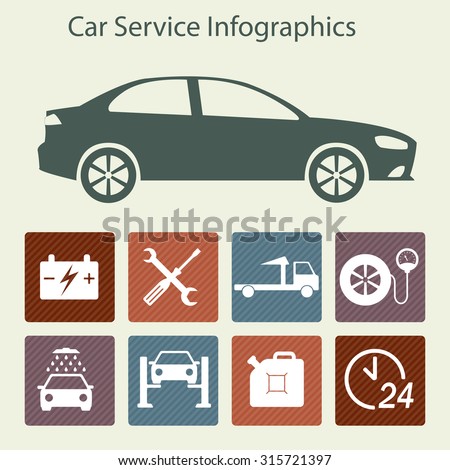Wondering About The Significance Behind Those Dashboard Caution Lights? Gain Understandings Into Their Effects For Your Vehicle'S Safety And Security And Maintenance
Wondering About The Significance Behind Those Dashboard Caution Lights? Gain Understandings Into Their Effects For Your Vehicle'S Safety And Security And Maintenance
Blog Article
Content Written By-Termansen Gilbert
When you lag the wheel, those beautiful warning lights on your dashboard can be a little bit difficult. Do websites recognize what they're trying to tell you about your vehicle's wellness? Recognizing the significance of these lights is essential for your safety and security and the durability of your car. So, the next time among those lights turns up, would not you want to decipher its message properly and take the needed steps to resolve it?
Common Warning Lighting and Interpretations
Identify usual warning lights in your vehicle and recognize their meanings to make sure risk-free driving.
The most typical warning lights consist of the check engine light, which signals issues with the engine or exhausts system. If this light comes on, it's important to have your vehicle inspected promptly.
The oil stress cautioning light suggests low oil pressure, needing prompt interest to stop engine damage.
A blinking battery light might recommend a defective charging system, possibly leaving you stranded if not addressed.
The tire pressure tracking system (TPMS) light notifies you to low tire stress, influencing vehicle security and gas effectiveness. Overlooking this can bring about risky driving problems.
The abdominal muscle light shows a problem with the anti-lock stopping system, compromising your ability to stop rapidly in emergencies.
Lastly, the coolant temperature level warning light warns of engine overheating, which can lead to serious damage otherwise fixed promptly.
Understanding these usual warning lights will aid you attend to issues quickly and preserve risk-free driving problems.
Relevance of Prompt Interest
Understanding the common warning lights in your cars and truck is only the initial step; the relevance of immediately dealing with these warnings can not be highlighted sufficient to ensure your safety and security on the road.
When a caution light illuminates on your dashboard, it's your auto's method of communicating a potential problem that needs attention. Neglecting these warnings can result in much more serious problems in the future, jeopardizing your safety and security and potentially costing you more in repairs.
Trigger focus to alerting lights can avoid breakdowns and mishaps. As an example, a flashing check engine light could show a misfire that, if left ignored, could trigger damage to the catalytic converter. Resolving this quickly can conserve you from a costly repair work.
Likewise, a brake system warning light may indicate low brake liquid or worn brake pads, important elements for your safety when driving.
DIY Troubleshooting Tips
If you discover a warning light on your control panel, there are a few DIY troubleshooting suggestions you can attempt before seeking specialist aid.
The primary step is to consult your automobile's guidebook to understand what the particular warning light indicates. In some cases the concern can be as straightforward as a loose gas cap activating the check engine light. Tightening up the gas cap may fix the trouble.
One more common problem is a reduced battery, which can cause various warning lights. Examining the battery links for deterioration and ensuring they're protected could repair the trouble.
If a caution light persists, you can attempt resetting it by disconnecting the automobile's battery for a couple of mins and afterwards reconnecting it. Furthermore, examining your lorry's fluid levels, such as oil, coolant, and brake fluid, can assist troubleshoot alerting lights connected to these systems.
Conclusion
To conclude, recognizing your auto's caution lights is important for keeping your vehicle running efficiently and safely. By promptly resolving these signals and understanding what they imply, you can stay clear of pricey repairs and possible breakdowns.
Remember to consult your cars and truck's guidebook for certain details on each alerting light and take action appropriately to make certain a hassle-free driving experience.
Stay informed, stay safe on the road!
